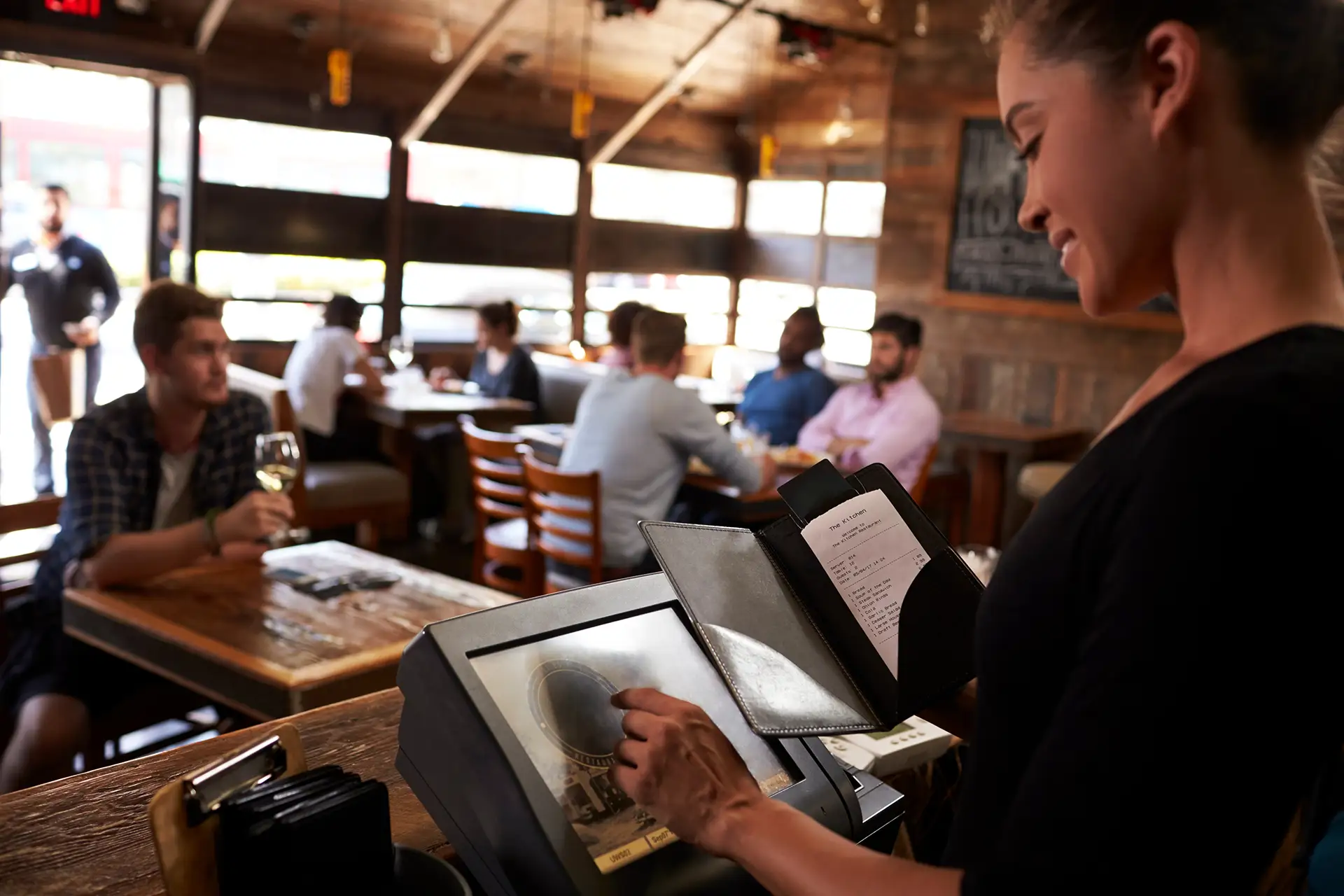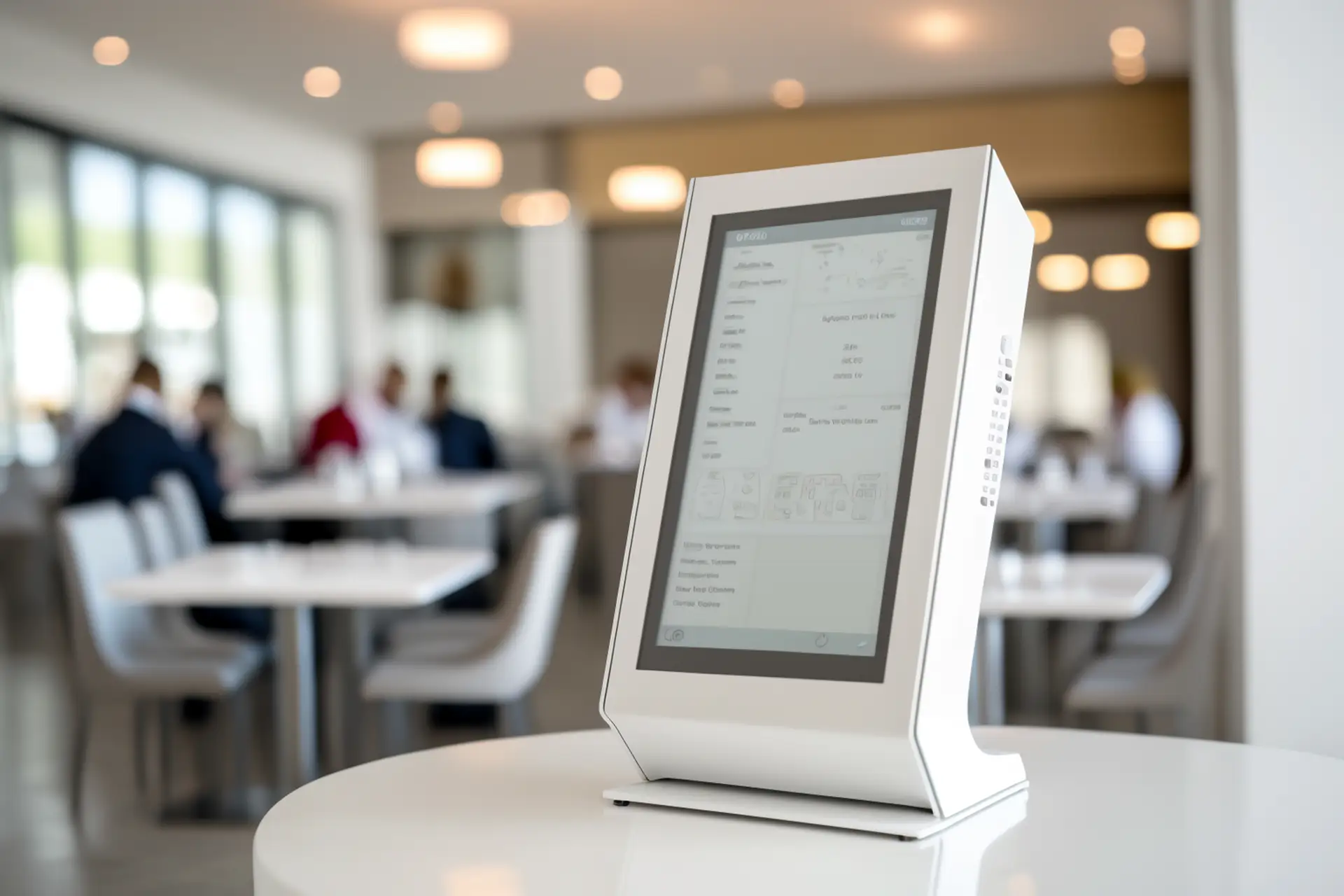It’s no secret that costs are rising for just about every industry these days. The restaurant industry in particular is facing increasing financial pressure due to a variety of factors. The recent bird flu outbreak has led to shortages of egg and chicken supplies, causing a steep rise in prices for these products. New York restaurant owners are also dealing with higher labor costs due to the increase in New York State minimum wage rates as of January 1.
U.S. restaurants now face an added challenge as the country’s economic policies rapidly change under the new administration: additional tariffs on imported goods. The newly imposed tariffs will likely affect the restaurant industry in significant ways. However, there are measures restaurants can take to adapt their business to the changing economic landscape and remain resilient in the face of increasing logistical challenges.
What Tariffs Have Been Announced?
So far this year, the U.S. has announced tariffs on goods imported from Canada, Mexico, and China. China and Canada have responded with retaliatory tariffs of their own; Mexico has announced plans to do the same. Tariffs on goods from the European Union are expected to be announced soon. The U.S. has also reinstated a 25 percent tariff on steel imports and increased the tariff on aluminum imports to 25 percent.
How Will Restaurants Be Impacted by Tariffs?
Higher costs for imported foods:
Restaurants can expect to face higher costs for imported food products. This includes produce from Mexico (a significant supplier of produce for the United States), and other imported foods such as olive oil, cheese, seafood, coffee, spices, beer, wine, and spirits. Additionally, any foods or beverages packaged in aluminum cans will likely be affected by the higher aluminum tariffs.
Higher costs for non-food products:
Restaurants may also see increased costs for other non-food products and materials. Kitchen equipment, furniture, and construction materials (i.e., lumber from Canada and steel) are some of the categories that may be impacted.
Supply chain disruptions:
Supply chain issues caused by tariffs could lead to delayed shipments or supply shortages.
Changes in consumer behavior:
During periods of economic uncertainty, consumers tend to reduce discretionary spending. Since eating out at restaurants is typically considered a luxury, this may be one of the areas in which people decide to cut back.
What Can Restaurants Do to Counter the Impact of Tariffs?
Reassess your sourcing:
Determine the country of origin of the ingredients and products you currently use. Look at your sources and assess which ones will be affected by current and potential tariffs. Diversifying your suppliers will help to improve supply chain resilience. Another option is to negotiate with suppliers to arrange deals on bulk orders or long-term contracts. You may want to explore alternative sourcing options—either domestic or in regions not affected by tariffs. Consider a move towards local sourcing, leaning into consumers’ desire for locally produced foods and products.
Raise prices cautiously:
The obvious solution to higher operations costs is to raise prices. The James Beard Foundation in its 2025 Independent Restaurant Industry Report warns of the negative impact of raising prices by too much, so restaurants should do so cautiously while considering the potential effect on consumer demand. The report also discusses alternative sources of revenue to offset higher operation costs, including pop-ups and event spaces. If raising prices, communicate with your customers about the reason for the changes in order to maintain transparency and trust.
Modify your menu:
Consider including more local and seasonal ingredients on your menu. Focus on your most profitable, high-margin dishes and think about reducing portion sizes.
Optimize your operations:
Restructure your operations to minimize waste as much as possible by optimizing inventory management, utilizing technology, and streamlining your systems.
Build customer loyalty:
Make sure that you are providing a high-quality consumer experience that people will be willing to pay for. Consider implementing a rewards or loyalty program, offering customers points or discounts for recurring visits.
Stay informed:
Restaurant owners should stay up to date on the latest tariff developments. The National Restaurant Association is currently appealing to the White House for exemptions for food and beverage products, but future policies are uncertain. For now, the tariff situation is developing rapidly, and restaurant owners should be prepared for change.
Summary
The new tariffs may present significant challenges to the restaurant industry in the coming years, but the changing economic landscape offers business owners an opportunity to rethink their processes, streamline operations, and innovate their business strategies. Planning ahead—and adjusting your business strategies accordingly—will help to mitigate the impact of tariffs on your business.
While you work on strategies for adapting your business to the new tariffs, please know that RBT CPAs is here to support your business’s accounting, tax, audit, and advisory needs. Visit our website or give us a call to learn more.










